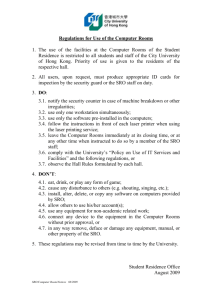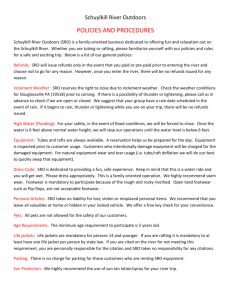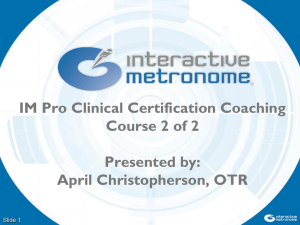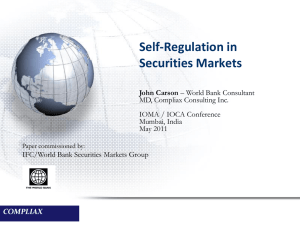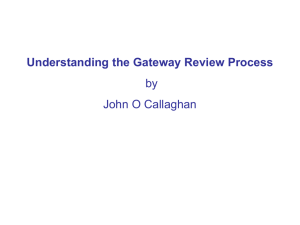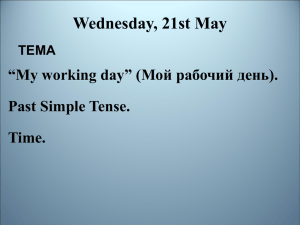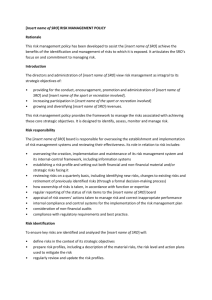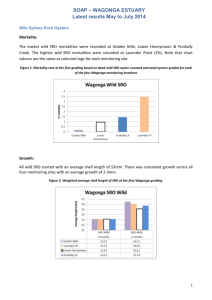DUNSTER`S INNS - Victoria County History
advertisement
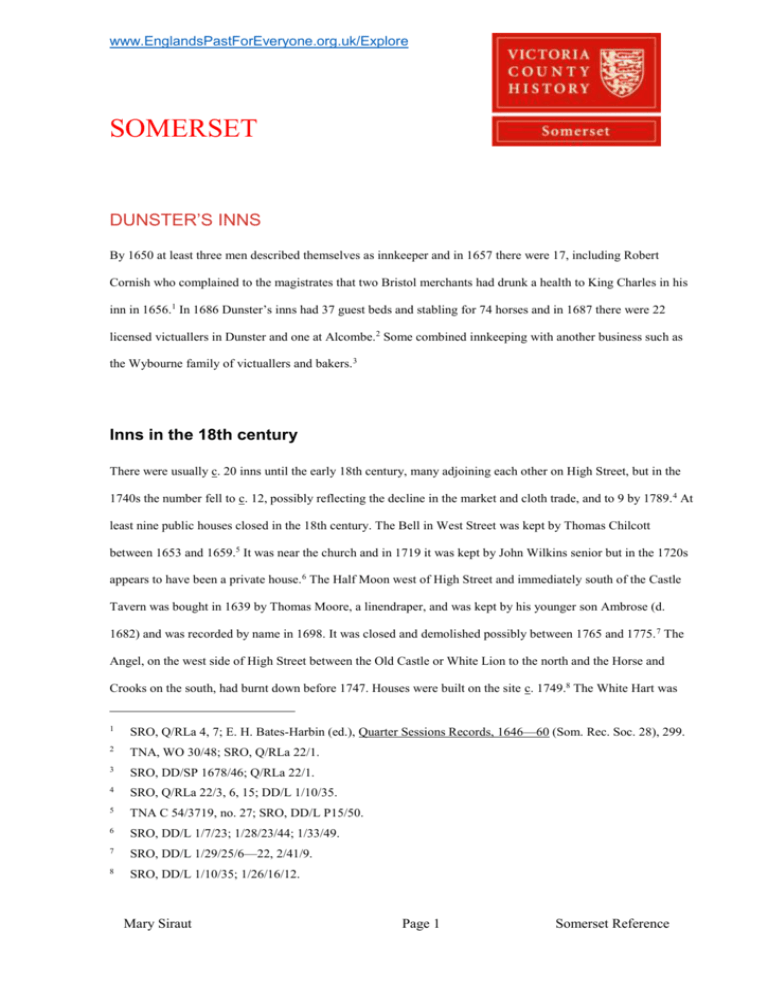
www.EnglandsPastForEveryone.org.uk/Explore SOMERSET DUNSTER’S INNS By 1650 at least three men described themselves as innkeeper and in 1657 there were 17, including Robert Cornish who complained to the magistrates that two Bristol merchants had drunk a health to King Charles in his inn in 1656.1 In 1686 Dunster’s inns had 37 guest beds and stabling for 74 horses and in 1687 there were 22 licensed victuallers in Dunster and one at Alcombe.2 Some combined innkeeping with another business such as the Wybourne family of victuallers and bakers. 3 Inns in the 18th century There were usually c. 20 inns until the early 18th century, many adjoining each other on High Street, but in the 1740s the number fell to c. 12, possibly reflecting the decline in the market and cloth trade, and to 9 by 1789. 4 At least nine public houses closed in the 18th century. The Bell in West Street was kept by Thomas Chilcott between 1653 and 1659.5 It was near the church and in 1719 it was kept by John Wilkins senior but in the 1720s appears to have been a private house. 6 The Half Moon west of High Street and immediately south of the Castle Tavern was bought in 1639 by Thomas Moore, a linendraper, and was kept by his younger son Ambrose (d. 1682) and was recorded by name in 1698. It was closed and demolished possibly between 1765 and 1775. 7 The Angel, on the west side of High Street between the Old Castle or White Lion to the north and the Horse and Crooks on the south, had burnt down before 1747. Houses were built on the site c. 1749.8 The White Hart was 1 SRO, Q/RLa 4, 7; E. H. Bates-Harbin (ed.), Quarter Sessions Records, 1646—60 (Som. Rec. Soc. 28), 299. 2 TNA, WO 30/48; SRO, Q/RLa 22/1. 3 SRO, DD/SP 1678/46; Q/RLa 22/1. 4 SRO, Q/RLa 22/3, 6, 15; DD/L 1/10/35. 5 TNA C 54/3719, no. 27; SRO, DD/L P15/50. 6 SRO, DD/L 1/7/23; 1/28/23/44; 1/33/49. 7 SRO, DD/L 1/29/25/6—22, 2/41/9. 8 SRO, DD/L 1/10/35; 1/26/16/12. Mary Siraut Page 1 Somerset Reference held by the Matthews family in 1725 and possibly since the 1680s. It was also called the White Horse and was said to have been a large house with bakehouse but had been probably closed by 1768 when it was sold to Henry Fownes Luttrell. It was later demolished and was a garden in 1781.9 The Swan was kept by Samuel Crockford in 168010 and later by the Strong family of coopers. It had been a freehold of Alcombe manor. It was described as an inn south of High Street in 1749 and was a valuable property. It was last recorded in 1773 and by 1771 was dilapidated and ‘run to decay’. 11 It was in ruins in 1780 and was pulled down before 1781.12 A Dutchman at the ‘Flower de Lewis’ presumably Fleur de Lys was the centre of an alleged plot to burn the town in 1731. 13 The sign was not recorded again. The Four Acorns was only recorded in 1766.14 The Pack Saddle or Pack Horse near the market place was converted into a private house between 1735 and 1748. 15 The Rose and Crown was recorded in 1720 in High Street, beside the causeway to the castle, but may have been open by 1704. It was last recorded in 1770 and probably closed about that time. 16 19th-century public houses Several inns, which had survived until the late 18th century or early 19th century, closed or changed their names in the mid 19th century. The Three Mariners stood on the north-east side of High Street in 1752. The tenant gave it up because of poverty in 1759 but the Leigh family were willing to pay a much higher rent for it. It was still open in 1813 but was not recorded later.17 The Eagle or Spread Eagle in High Street was recorded in 1766 and was part of the Stawell’s Higher Marsh estate until 1789. It was let for 14 guineas a year in the 1790s but was 9 SRO, DD/L 1/17/63; 1/31/31/37; DD/X/HK 6; ibid. Q/RLa 22/1. 10 SRO, D/P/du 4/1/2. 11 SRO, DD/L 1/4/12, 1/24/6, 1/27/19, 1/28/21/8, 2/32/4; ibid. Q/REl 8/3; Q/RLa 22/3, 6. 12 SRO, DD/L 1/17/63, 1/29/25/32; 1/33/47. 13 SRO, Q/SR 299/31. 14 SRO, Q/REl 8/3. 15 SRO, DD/L 1/30/28a/19—27; DD/DP 8/3. 16 SRO, DD/L 1/24/5—6; 1/26/15/24; ibid. Q/RLa 22/3. 17 SRO, DD/L 1/7/25—26, 1/10/35; 1/30/29/20—2. Mary Siraut Page 2 Somerset Reference described as the late inn in 1816 and a private house in 1825. The name was recorded until 1832. 18 There were several short-lived public houses in the early 19th century. The Coach and Horses had set up as a rival posting house to the Luttrell Arms in 1840 but did not survive. 19 Others were more successful like the present Stag’s Head, formerly the New inn and the Foresters Arms, formerly the Bridge End. Alcombe also had two public houses by the mid 19th century. The Castle Tavern, Old Castle and Castle inns The Castle Tavern on the east side of High Street opposite the shambles was let to vintners in 1630 and 1648, before 1630 it had been occupied by a blacksmith. 20 Henry Cripps (d. 1635) had besides wine, sack and claret worth over £104, a large quantity of linen and tableware including candlesticks and salts. His chambers were furnished with tables and chairs as well as beds and one was called the Mermaid chamber. 21 Just before his death he had been selling French wines illegally by the quart. 22 Before 1686 the business may have moved to the Old Castle, formerly the White Lion near the corn cross on the west side of High Street north of the Angel. The Castle Tavern was still recorded in a rental of 1719 but had been a private house since 1686 when it was let to a merchant and later to apothecaries and surgeons. It had 13 rooms besides stables. 23 John Clements, keeper of the Old Castle inn, had napkins stolen in 1675. He found one covering a Withycombe woman’s butter in the market.24 In 1693 he and his wife sold the inn to Samuel Hayman of Minehead, whose family held it until 1784 when it was left to Samuel Hayman Warren.25 In 1809 the innkeeper claimed he had been falsely charged with keeping a disorderly house and offered 5 guineas to anyone who could prove the charges.26 The same year its uppingstock or signpost was removed. Uppingstocks had been declared a 18 SRO, DD/L 1/7/26; 1/8/27; 1/10/34, 35C; ibid. Q/REl 8/3. 19 Co. Gaz. Dir. Som. (1840). 20 SRO, DD/L P15/40, 46. 21 SRO, DD/L P15/25; DD/SP 1635/65; 1646/74; 1646/89. 22 Cal. SP Dom. 1634—5, p. 237. 23 SRO, DD/L 1/7/23; 1/10/35; 1/26/14/14; 1/26/16/8. 24 Devon RO, 1148M/add 1/53; SRO, Q/SR 127/31; ibid. DD/L 1/6/19. 25 SRO, DD/L 1/7/26, 1/23/2—3. 26 SRO, DD/L 1/5/18. Mary Siraut Page 3 Somerset Reference nuisance in the 1730s but survived into the 19th century. The Old Castle inn was last recorded in 1818 when a prisoner was kept there for nine days. It was briefly a malthouse but by 1834 it was a private house and draper’s shop in 1840.27 The Castle inn, on the south side of Church Street, was licensed by 1828 and may represent a transfer of business as it was called Old Castle in 1828.28 It closed c. 1840 and the Old Castle Union, a friendly society, moved to the George. 29 The Ship, later the Luttrell Arms The Ship was kept by Isaac Shorling in 1653 and in 1680 by Thomas Dennis, who later moved to the George. Jane Dennis kept it in the 1690s and James Crockford in 1719.30 It was a large house of five rooms on each floor and stabling. By 1724 it was held by Robert Withycombe and later by the Morgan family. 31 In 1735—6 Richard Phelps painted a new sign for it,32 which was pulled down by William Hoyle and Philip Harrison, probably rival landlords, who were forced to pay £11 10s damages. 33 Repairs were carried out to the inn in 1748—9. It declined thereafter and its rent was steadily reduced from £18 in the 1756 to £4 13s 2d in 1763. 34 It was said to have been in ruins in 1777 and was described as the old Ship. It was rebuilt, and probably extended into adjoining properties, as the Luttrell Arms from 1779 when it was licensed under that name. 35 It comprised a dining room, two handsome parlours and seven airy bedchambers and good stabling. As early as 1779 guests were allowed to go from the garden onto a terrace in the old park and might have keys to the gates into the woods and pleasure grounds.36 John Mountstephens was innkeeper until his death in 1797 when his stock was sold. 37 27 SRO, DD/L 1/27/19; 1/32/38, 43, 2/48/25;, box 296/2; ibid. Q/REl 8/3. 28 SRO, Q/RLa 22/22; ibid. tithe award; Pigot & Co. Nat. and Com. Dir. (1830); Som. Gaz. Dir. (1840). 29 TNA, HO 107/936; SRO, Q/RSf 1. 30 TNA C 54/3719, no. 27; SRO, D/P/du 4/1/2; DD/L 1/7/23. 31 SRO, DD/L 1/25/10, 1/7/22; 1/33/49. 32 SRO, DD/L 1/30/29/42. 33 SRO, DD/L 1/4/11. 34 SRO, DD/L 1/7/26; 1/30/29/43. 35 SRO, DD/L 1/4/12. 36 SRO, DD/L 1/30/29/41. Mary Siraut Page 4 Somerset Reference By the 19th century the Luttrell Arms had an excellent reputation as a high-class hotel and posting house. In 1839 it was said to be ‘much extolled by visitors and commercial gentlemen for the excellent accommodation it affords’. It was also a staging post for coaches to Bristol and Taunton. 38 In 1863 the Withycombes who ran the hotel agreed with Minehead hoteliers and coach proprietors to fix and publish charges for the journey from Williton station and not to persuade passengers to stop at one hotel in preference to others. 39 By 1871 there were six resident staff besides the hotel keeper and his family. On census night guests included a barrister with his family and servant, and a clergyman. 40 Guests were permitted to visit the Castle gardens any day except Sunday.41 The arrival of the railway near Dunster probably drew more visitors and by 1883 the hotel sent a carriage to meet every train.42 A visitor in 1891 was the novelist Maria M Grant. 43 In 1897 the hotel hired out horses and carriages and sold mineral waters, wines and beers in bulk from local breweries in casks of between 4 ½ and 36 gallons.44 By 1910 it was one of the most valuable properties in Dunster, worth nearly three times as much as the mills, but surprisingly the bathroom had been converted to a housemaids’ store and several bedrooms had no fireplace.45 Further extensions were made in 1923 to provide a carving room and china pantry and it acquired its own garage.46 In 1950 it passed out of Luttrell ownership but remains in business. It then had 21 bedrooms and four bathrooms and could seat 50 at dinner. Although the coach house was then a garage for visitors’ cars there were still ten loose boxes. 47 37 SRO, Q/REl 8/3; ibid. DD/L 1/5/18. 38 Robson’s Com. Dir. London and Western Cos (1839). 39 SRO, DD/L 1/25/10 40 TNA RG 10/2350 41 H. Binding, Discovering Dunster, 37. 42 Kelly’s Dir. Som. (1883). 43 TNA, RG 121864. 44 SRO, D/P du 2/8/11. 45 TNA, IR 58/82374. 46 SRO, D/R/wil 24/1/35. 47 SRO, DD/X/PTD 2. Mary Siraut Page 5 Somerset Reference COPYRIGHT All rights, including copyright ©, of the content of this document are owned or controlled by the University of London. For further information refer to http://www.englandspastforeveryone.org.uk/Info/Disclaimer Mary Siraut Page 6 Somerset Reference
